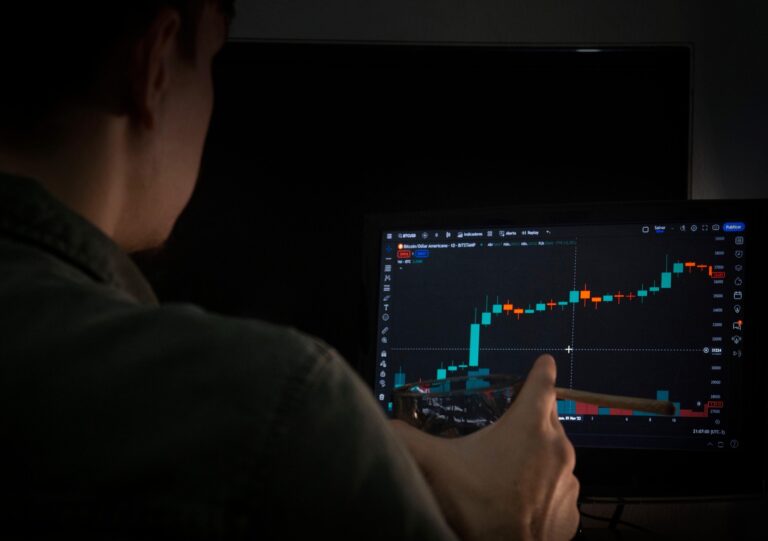On April 9, 2025, U.S. President Donald Trump announced that tariffs on Chinese imports would be raised up to 125% in response to China’s retaliatory tariffs of up to 84% on American products. This measure is seen as a counteraction and has sparked concerns that trade tensions between the two countries may intensify again. At the same time, President Trump stated that for the 75 countries that have not taken retaliatory measures against the U.S., mutual tariff imposition would be suspended for 90 days, and during this period, a base tariff rate of 10% would apply. However, the 25% tariff on automobiles and auto parts will not be included in this suspension and will remain in place.

Immediately following the announcement, the U.S. stock market surged. The S&P 500 index rose by 9.5%, marking the largest gain since the financial crisis, and the Nasdaq jumped over 12%, reflecting a sharp rebound in investor sentiment. Although the market seemed to respond positively at first glance, it is premature to be optimistic about the impact on the real economy. In particular, the high tariffs on China could once again destabilize the global supply chain, potentially leading to a rise in consumer prices in the United States. The price increases in items with high dependence on China—such as clothing, electronics, and household goods—could directly burden low-income households.
Furthermore, trade negotiations with the countries subject to the 90-day suspension add to policy uncertainty. As it cannot be ruled out that these countries may become subject to tariffs after the grace period, companies and investors still face an unstable environment when it comes to establishing mid- to long-term strategies. While President Trump’s partial revision of the uniform tariff policy could be interpreted as a more flexible diplomatic approach, the tougher stance taken against China, on the other hand, indicates a heightened level of tension on the trade front.
In the end, although this measure has succeeded in calming the market in the short term, it can be analyzed that structural risks have actually increased. As supply chain disruptions, inflationary pressures, and diplomatic frictions are all being restored in a complex manner, careful monitoring is required to see how the trade order will be reshaped 90 days from now.






